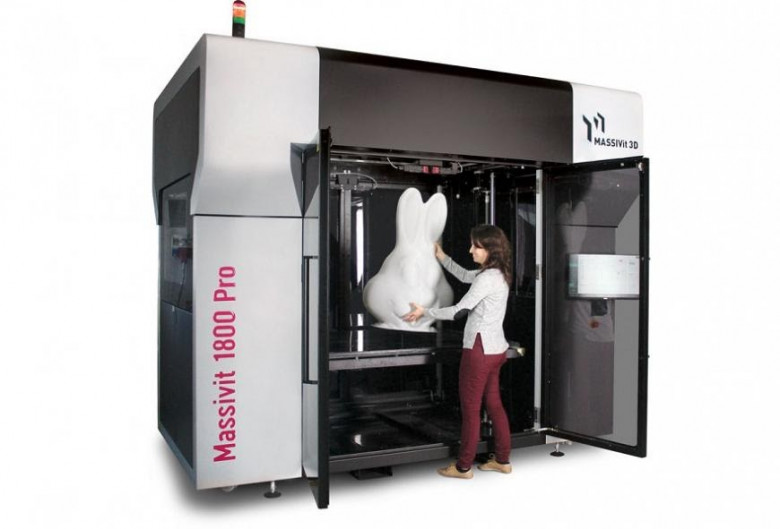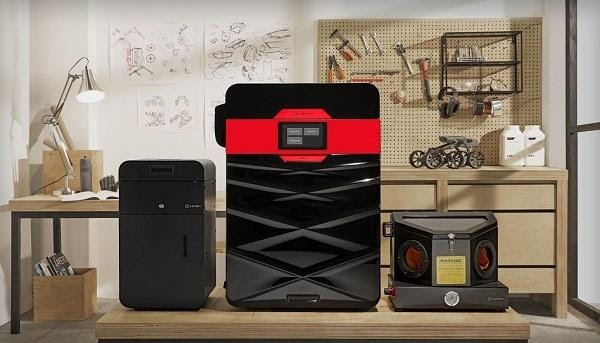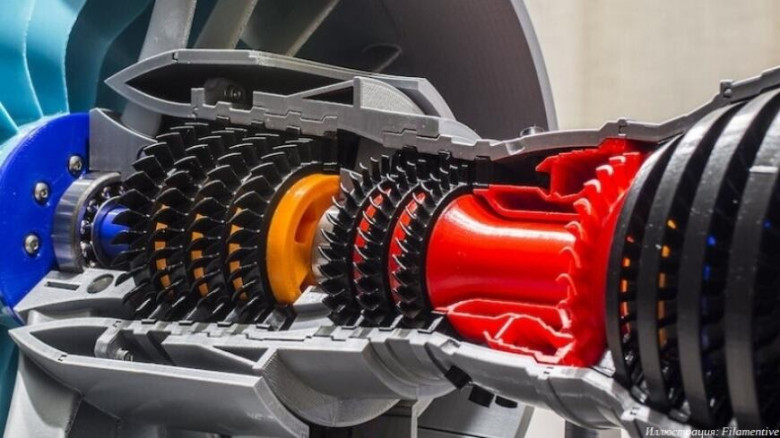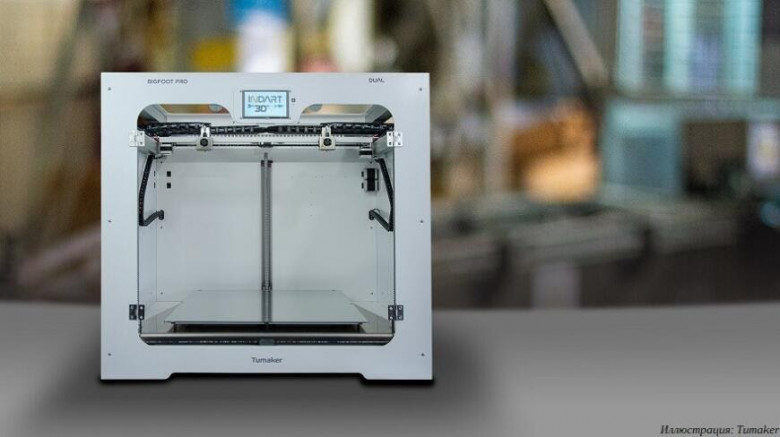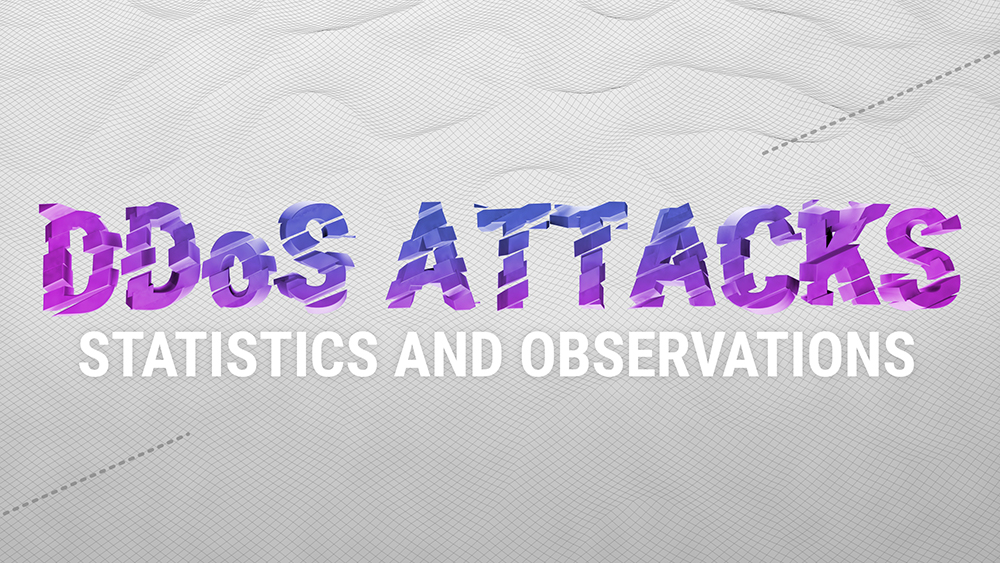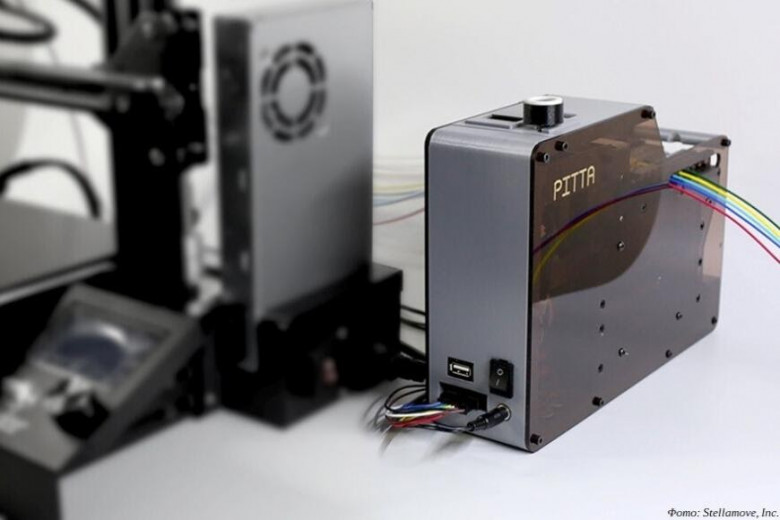Today, we will talk not about desktop CNC machines such as the Flux BeamBox 50W but about industrial installations. The KAMAZ automobile plant acquired the dual-spindle Unitwin 6000 CNC machining center by the Dutch company Unisign. This machine is designed for complex processing of truck front axles.
The vertical 5-axis CNC machining center with two swivel spindle units can perform a whole range of operations such as milling, drilling, boring, and reaming for both medium- and heavy-duty vehicles and buses.
Lead Process Engineer Dmitry Silantyev explained, “The device is set up for machining the front axles of the KAMAZ-6520, -65208, -4308, and -5262 models. Previously, we processed them on several CNC machines in our crankcase workshop, now they are replaced by one machining center. The free machines will be used to make other parts."
Nikolay Bardanov, Deputy Chief Technology Officer at KAMAZ, added, “The commissioning works being completed, the machine has been put into operation. The machining center is unique, so a company representative trained the maintenance specialists and operators who will work on it."
The equipment will increase the production of front axles for trucks by reducing the time for changeovers and improve the quality of products.
